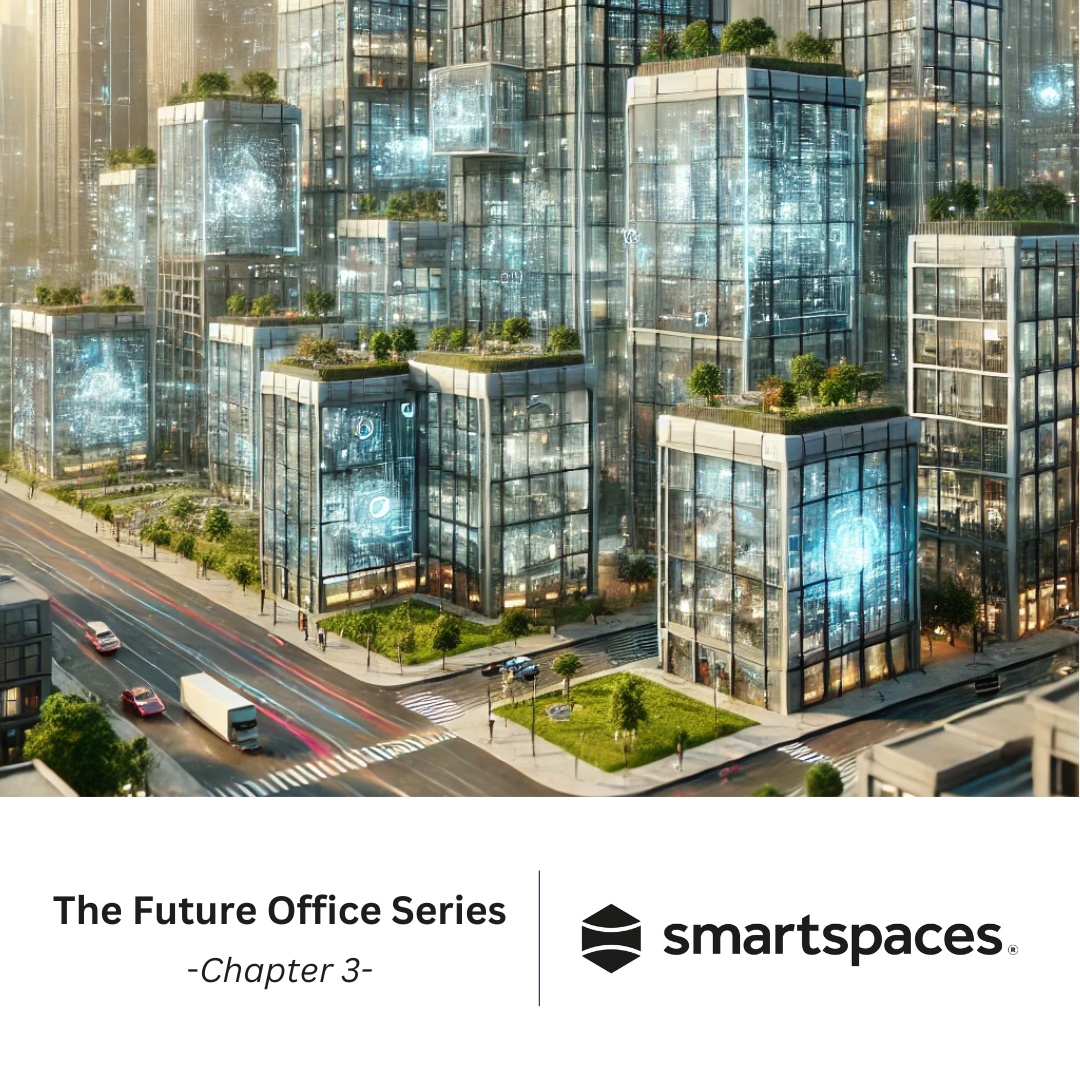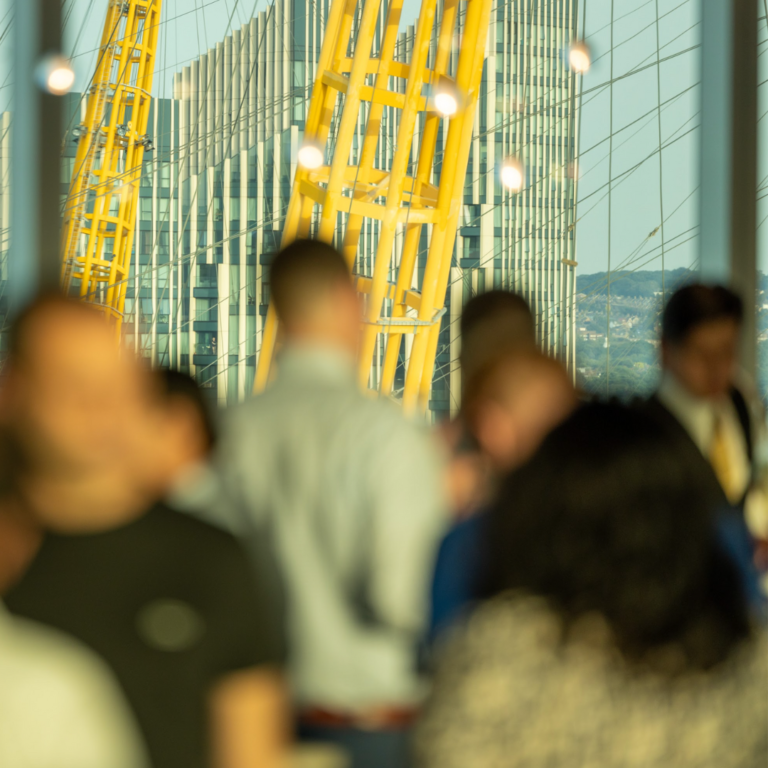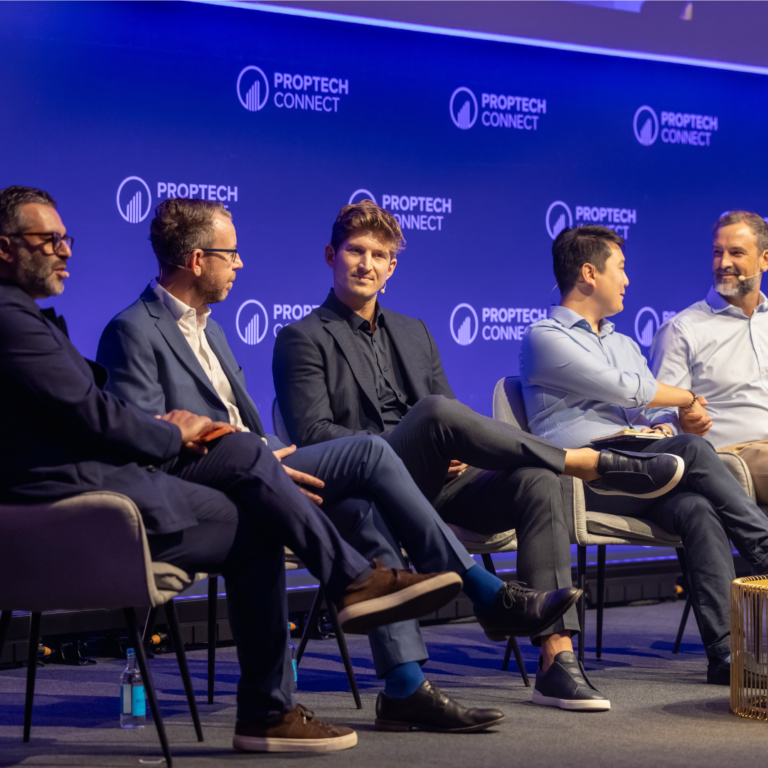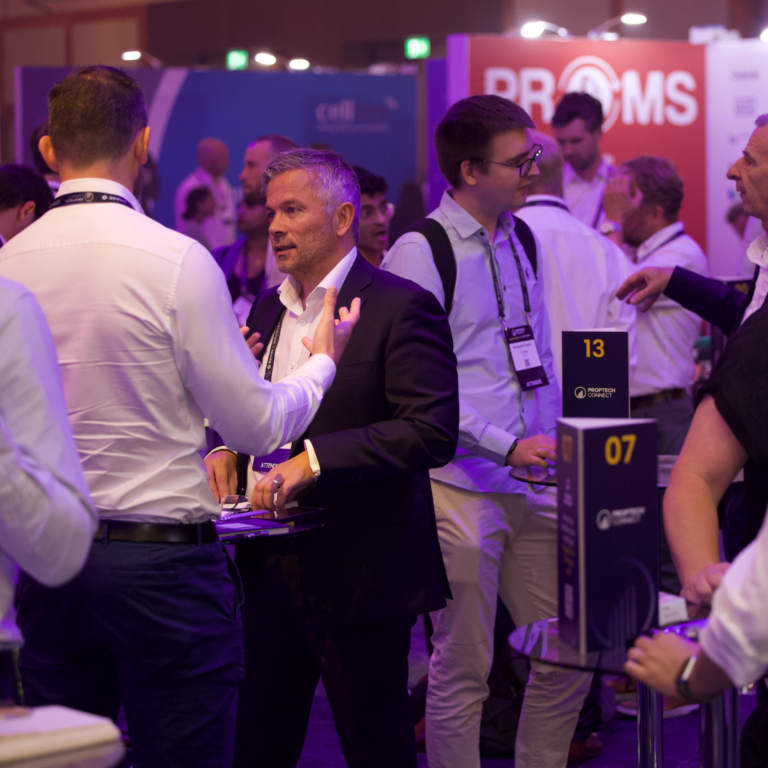
Shared 14 August, 2024
PropTech Connect » News & Insights » News

No one wants to see their screen time bumped up at the end of the week. The last thing everyone needs is another app. On face value, that puts those of us in tech, at odds with our own niche. Or does it?
The ultimate goal with PropTech should be to act as a bridge, connecting people with their built environment in a meaningful way. Offices of the future will lower the barrier of entry with the use of technology, giving rise to better utilisation of services. Enhancing these interactions, making it a pleasant and seamless experience, is the hallmark of a successful app and winning tenant experience.
All this comes at a critical time. We are seeing the largest contraction in lease lengths across the board. The CRE asset class has shifted from being one of the most stable contract markets, to shorter tenancies across the board. Leases now sit at an average of 34 months. That’s even shorter than most car leases. It makes sense for landlords to reframe the way they look at brick and mortar. But how does a traditionally rigid structure, like a building, become dynamic?
Consider an office that is able to fluctuate its footprint based on rolling occupancy requirements. Desk space, work pods and meeting rooms all allowed to freely move in and out of demises. It’s through technology that this ebb and flow is facilitated.
Coined real estate as a service, and more commonly referred to as space as a service (SpaaS), asset owners are beginning to view delivering space based on changing demands. In fact, the most forward-thinking buildings are going one step further. We already see them utilising available technology to map out the user journeys of tenants, to service their needs better.
Take the morning commute, with fairer conditions brought about by the seasonal shift, buildings can work directly with their occupiers to offer flexible cycle parking capabilities. As a landlord, square footage is the asset. Being able to track active users of an amenity like bicycle parking means decisions on whether to repurpose space for other functions, becomes a data-led exercise. It’s a two-way benefit. Users are able to park, and find their bike, whilst building managers can monitor space utility. In one of our buildings, the landlord was able to recognise abandoned cycles, meaning spaces could return into circulation. The same paradigm exists for lockers.
This fits into a wider conversation around routines. Data has shown that landlords that are able to cater to user routines, such as sustenance and fitness, enjoy significant premiums on rental (over 70%), as well as better occupancy rates.
Catering to these routines plays a crucial role in bringing people back to the office. Companies successfully enticing their workforce to return onsite are striking the right chords when it comes to providing comfort, safety, utility, and community. Afterall, Maslow’s hierarchy of needs is universally applicable to the smallest startups, all the way up to the largest corporations.
Winning the battle for landlords is all about how to position space as fitting the tenant’s needs. Whilst there will always be cross-over between any industry, occupiers are looking for bespoke experiences that mould around their needs. Take a law firm versus a tech firm; health and wellness requirements are likely to have parity. When it comes to layouts and workspaces, a law firm will need exclusion zones to avoid conflict of interest. The use of IoT paired with desk booking allows ethical walls to be maintained, and the automated management of flex zones to that ensure team collaboration is not hindered.
SpaaS falls in line with sustainability. Smart buildings, which are the leading SpaaS environments, keep tabs on occupancy, energy and emissions data. By offering flexibility on space usage, occupiers can make data-led proactive decisions to meet ESG targets.
While the idea of increasing screen time and introducing yet another app might initially seem counterintuitive, the potential of proptech to simplify lives is clear. Ultimately, the integration of technology in property management transforms static structures into dynamic, responsive ecosystems. This not only enhances the tenant experience but also supports broader objectives such as sustainability and operational excellence, making SpaaS a vital component of the modern built environment.
Landlords that successfully create comfortable, safe, and community-oriented environments are more likely to retain and attract tenants. The future of CRE lies in bespoke, technology-driven solutions that not only meet but anticipate the diverse needs of various occupiers, from law firms to tech startups, ensuring both operational efficiency and tenant satisfaction.
Join our community of 200,000+ real estate leaders and get weekly insights and updates with our newsletter.









*Offer ends on Friday, 7th February.
